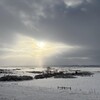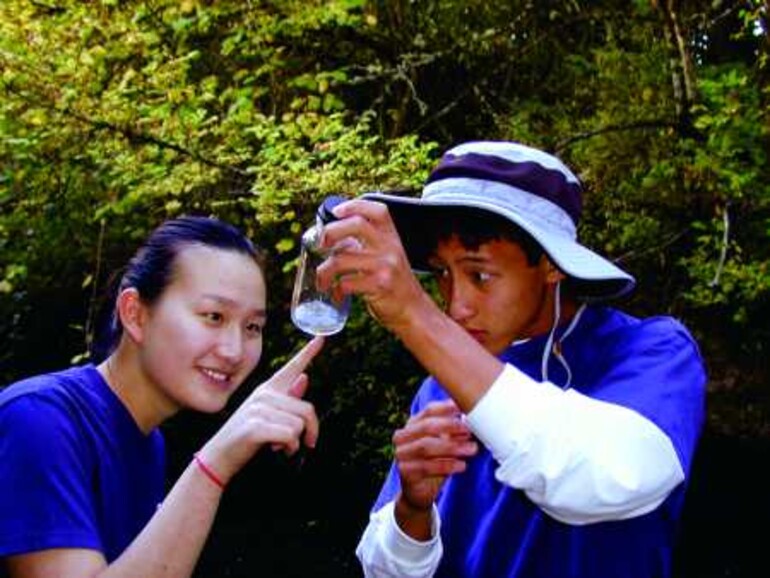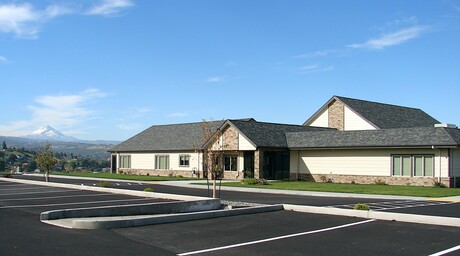The Portland Adventist Academy (PAA) biology class spent a recent afternoon ankle deep in Johnson Creek, a small tributary of the Willamette River, to learn how scientists gauge the pollution level of a watershed.
The trip was led by Terry Verlo, PAA biology instructor, with Jon Cole of the Walla Walla College environmental sciences department and Russ Davidson of the U.S. Army Corp of Engineers.
The students divided into several teams to assess water quality. Their water sample evaluation included pH, dissolved oxygen levels, temperature at various levels of the creek and water flow. Students learned the value of taking global positioning satellite (GPS) readings to pinpoint the location of their studies.
One of the teams also focused on counting the number of macroinvertebrates, such as snails and developing insects, as a measure of the stream’s health.
Johnson Creek, a small but important watershed in the Portland, Ore., area, had been known for its declining water quality. But in recent years, through the efforts of various government and volunteer organizations, it has experienced a remarkable turnaround. Certain areas of the creek may be able to be restored as salmon breeding habitats.
Cindy Goh, a PAA biology student, said, ”It was nice to go out and see God’s creation and how we can help improve some of the damage that we humans have done to it. It was interesting to be able to tell the difference between clean and dirty water by studying what and how many creatures are present.”









